
Earlier this week, ULA successfully launched NASA’s highly-anticipated OSIRIS-REX mission to meet with and study a carbon-rich asteroid that is expected to host organic molecules. But the mission is not a one-way trip, OSIRIS-REX is tasked with doing something no other NASA spacecraft has ever done: return samples of it back to Earth for study, with the hope of revealing more pieces to the puzzle of nature’s secrets behind the earliest stages of the Solar System’s formation and evolution and possibly shedding light on the origins of life as we currently understand it.
Under crystal clear dusk skies, ULA’s proven workhorse Atlas-V rocket thundered skyward from Florida’s Space Coast right on time on Sept. 8, flying from Cape Canaveral Air Force Station’s launch complex-41 in a rarely seen “411” configuration (one solid rocket booster) and punching through the golden sunset light at 7:05 p.m. EDT, taking aim on a two-year trip to reach asteroid Bennu.

“We are honored to be chosen by NASA to launch this historic mission,” said Laura Maginnis, ULA vice president of Custom Services. “ULA and our heritage vehicles have successfully launched NASA missions to every planet in our solar system. ULA’s commitment to mission launch is unparalleled, and we’re proud of our team for continuing our unprecedented track record of 100 percent mission success.”
Initial communication with the spacecraft was obtained by the mission’s flight operations team at Lockheed Martin Space Systems’ facility near Denver, Colo., at 8:08 p.m. EDT Sept. 8, a little over an hour after liftoff.
“Initial data from the spacecraft show that it’s healthy and is on its proper trajectory,” said Rich Kuhns, OSIRIS-REx spacecraft program manager at Lockheed Martin Space Systems. “Solar array deployment and signal acquisition are the first critical events, and even though we’ve tested them extensively in Denver, it’s wonderful to see the spacecraft performing these smoothly in the initial minutes of its mission.”
As reported in our mission preview series by AmericaSpace writer Ben Evans—available here and here—this ambitious $800-million mission is the third of NASA’s New Frontiers medium-class exploration program, following on the heels of the extraordinary success of New Horizons at Pluto and Juno at Jupiter.
Initially entering solar orbit, OSIRIS-REx will fly by Earth in September 2017 like a boomerang, picking up a gravitational boost before rendezvous with Bennu in August 2018. It will then spend 505 days mapping this virtually untouched “carbonaceous” remnant from the dawn of the Solar System’s 4.5-billion-year existence, before selecting a location to descend and take a sample.
“We’re very excited about what this mission can tell us about the origin of our solar system,” said NASA Administrator Charles Bolden. “We celebrate the bigger picture of science that is helping us make discoveries and accomplish milestones that might have been science fiction yesterday, but are science facts today.”
Once at Bennu, OSIRIS-REX will employ its ingenious Touch-and-Go Sample Acquisition Mechanism (TAGSAM) to collect a specimen of between 2 ounces (60 grams) and 4.4 pounds (2 kg) from Bennu’s surface, some time in July 2020. These priceless extraterrestrial grains and the collector head will then be secured inside a Sample Return Canister (SRC), and OSIRIS-REx will depart the asteroid in March 2021, returning to Earth on Sept. 24, 2023.
The SRC will separate from the spacecraft and—protected by an ablative heat shield and aeroshell—will plunge into our atmosphere like a fireball, headed for a parachute-guided touchdown in the Utah Training and Test Range (UTTR) in Tooele County, Utah.
“This exciting and successful launch highlights the tireless efforts of the entire OSIRIS-REx team across many organizations,” said Wanda Sigur, vice president and general manager of Civil Space at Lockheed Martin Space Systems. “Sample return of material from out in our solar system is one of the hardest, yet most rewarding types of space science missions, and our team is delighted to help NASA and the OSIRIS-REx team begin the flight to Bennu.”
READ our in-depth post-launch report HERE.
BELOW: Photo gallery covering the historic launch of OSIRIS-REX, by our team of photojournalists.
Credits: Elliot Severn / Alan Walters / Michael Galindo / John Studwell / John Kraus for AmericaSpace
All rights reserved, contact for use.
.
Be sure to “Like” AmericaSpace on Facebook and follow us on Twitter: @AmericaSpace
.
Missions » OSIRIS-REx »










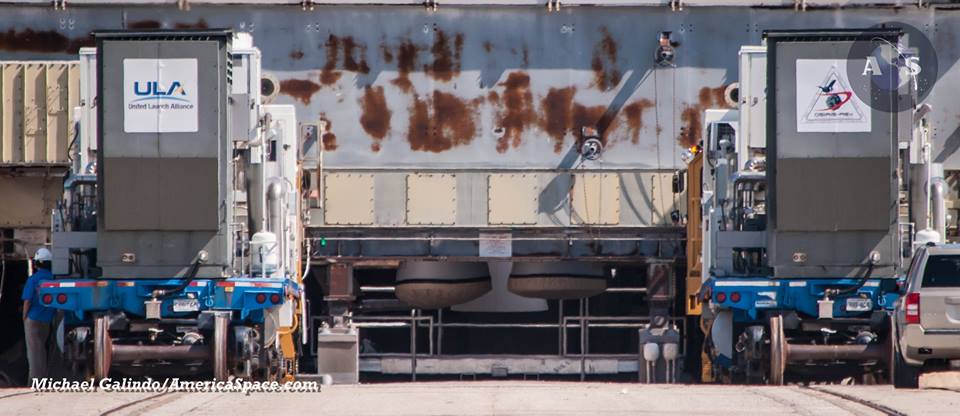
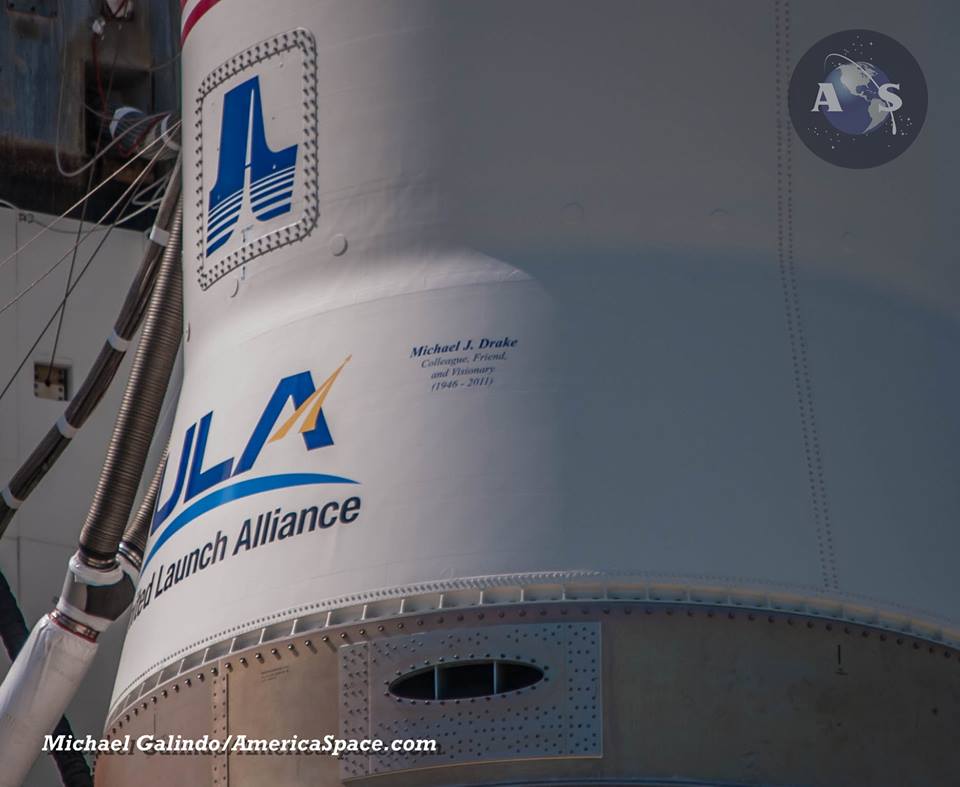




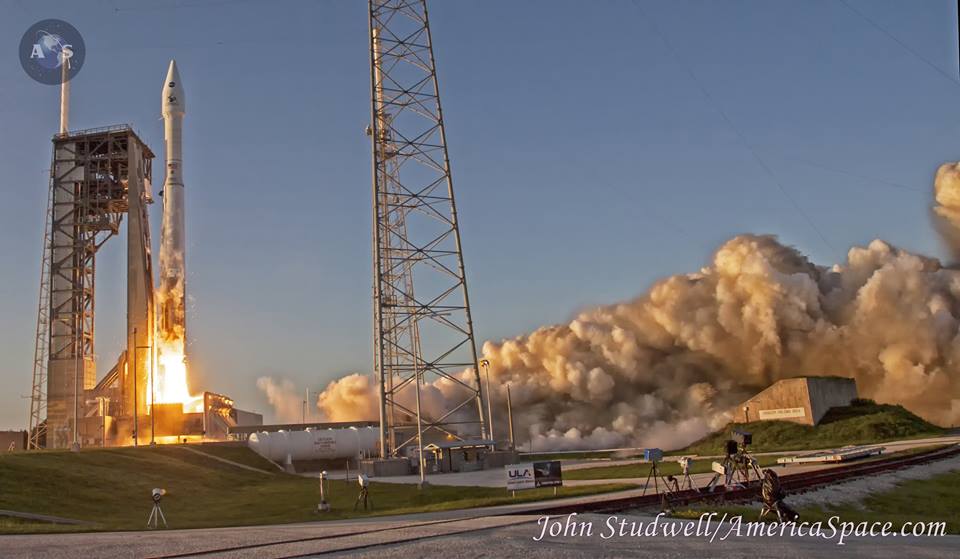




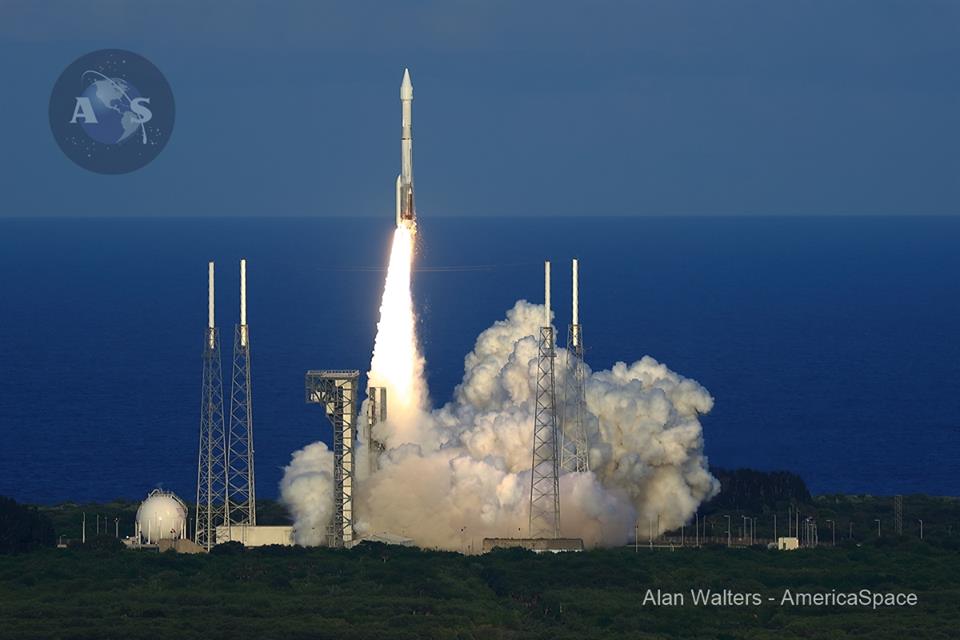
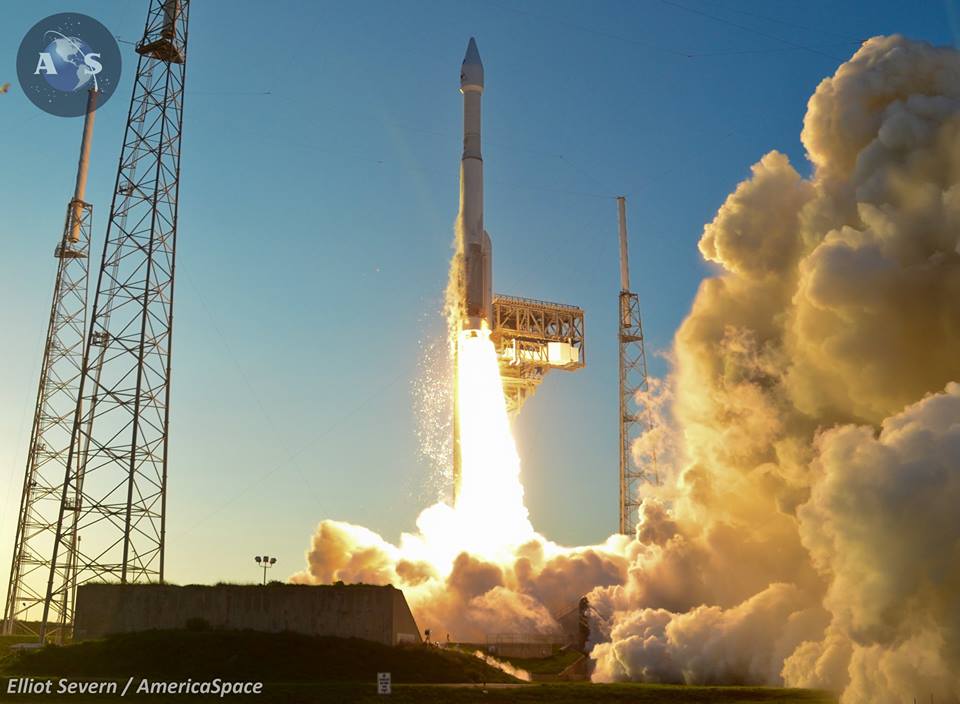









It had a close call. Space X put this mission at hazard
https://spaceflightnow.com/2016/09/13/quick-work-saved-the-osiris-rex-asteroid-mission-from-nearby-explosion/
With all the pad explosions–it seems new space is more destructive than disruptive.